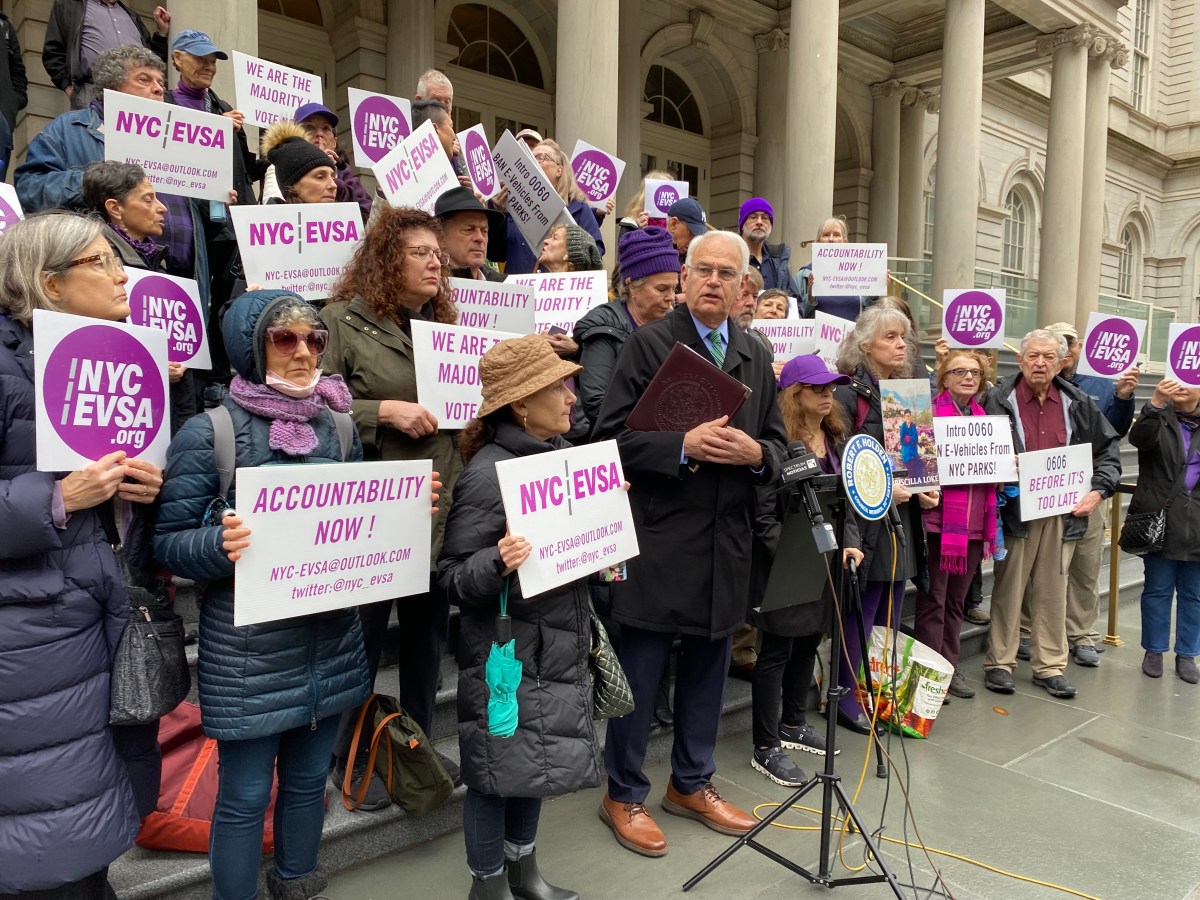By Mark Hallum
In recent years, New York City election laws have been shown to have a negative effect on voter turnout. In fact, New York City has one of the lowest voter turnouts in the nation with only 58 percent of registered voters showing up at the polls in 2012.A study, put together by City Comptroller Scott Stringer and a coalition of elected officials and community leaders, shows a gradual decline in voter participation, with the 2014 midterm general election only seeing one in four registered voters showing up at ballot boxes.
The report, titled “Barriers to the Ballot,” utilizes 60 years of data and presents 16 proposals in whichvoter turnout can be brough back from its downward trend. The coalition’s plan includes improvement in the areas of voter registration, access to polls, Election Day operations, and election administration.
“As New Yorkers head to the polls to elect our next president, it’s important to remember that voting is not only a fundamental right – it is the most important tool we have to ensure accountability in our democracy,” Stringer said. “Turnout in recent elections in New York has been abysmal and yet our laws often prevent rather than encourage people from participating. We need to make it easier for every New Yorker to register to vote.”
Voter registration throught these proposals will be increased by allowing pre-registration for 16- and 17-year olds which will become active once they turn 18, allowing same-day registration and expanding registration through existing state and city databases, such as the Department of Motor Vehicles, the comptroller said. Eleven other states already allow same-day registration for voters and New York is looking to these examples to improve the outlook for 2016.
Access to polls could be improved by enacting no-excuse absentee voting. This would allow voters to request an absentee ballot for any reason, ensuring that voters would have access to absentee ballots. Early in-person voting seven days prior to Election Day and including weekends would mean that people would have plenty of time to make it to the polls. Mail-in ballots have been adopted by Oregon, Colorado, and Washington, and are something that New York City officials are interested in exploring. New Yorkers convicted of felonies and recently released from corrections facilities would be informed of their ability to re-register to vote while on parole.
It is proposed that the city Board of Elections will be instructed to increase and switch to more modern methods of communication, including email and text messaging. Training, recruitment, and improved compensation will be included for poll workers. Ensuring that polls are in compliance with the Americans with Disabilities Act and surveying voters about their experiences will expose weak points that prevent many from making it to the polls.
The coalition also plans to pass the Voter Friendly Ballot Act, which would make the wording on ballots easier to understand and be beneficial for voters unfamiliar with political phrasing.
In terms of election administration, improvements will be aimed at saving money and streamlining processes.
Among other recommendations are ballots in a wider range of languages and instant runoff voting two weeks after the primaries based on the ranking of candidates by voters at the start.
“Technology is here to stay, and what better way to increase voter registration and access to the polls than using high tech models that get rid of our antiquated system” said state Sen. Jose Peralta (D-East Elmhurst).
Steven Choi, executive director of the New York Immigrant Coalition, welcomed the report as “an essential framework to reduce barriers for voting.”



































